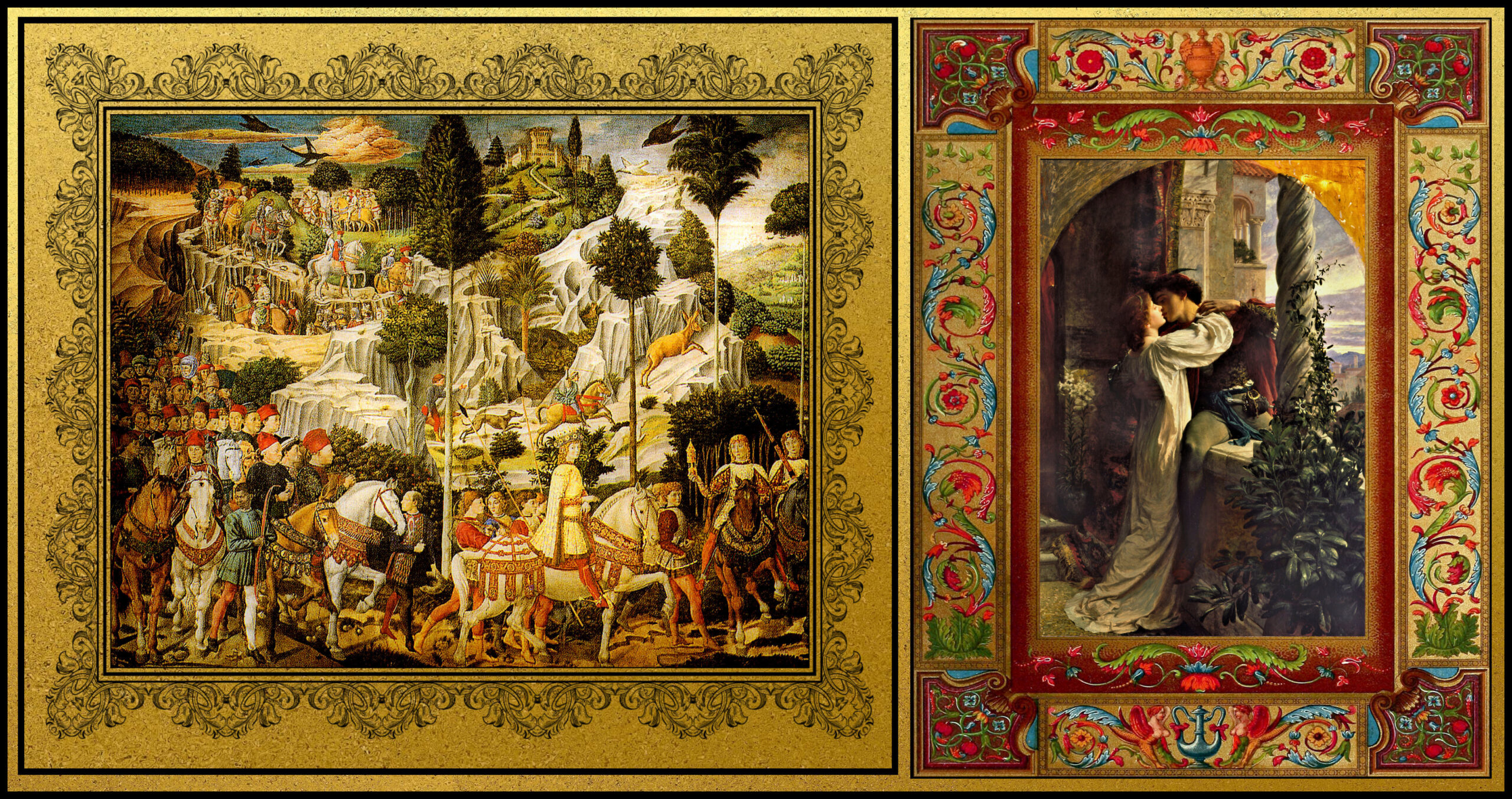In the twilight of Renaissance Florence,
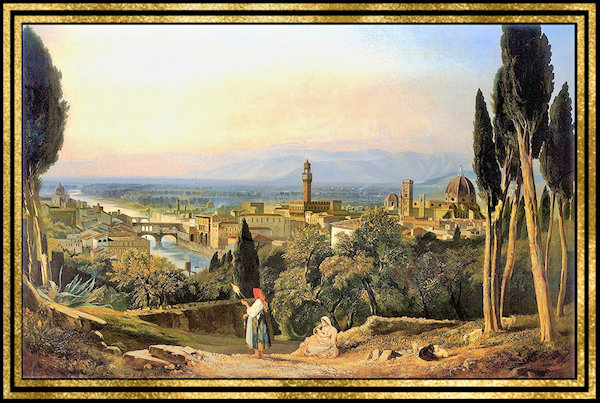
a forbidden love ignites. Veronica Danti,
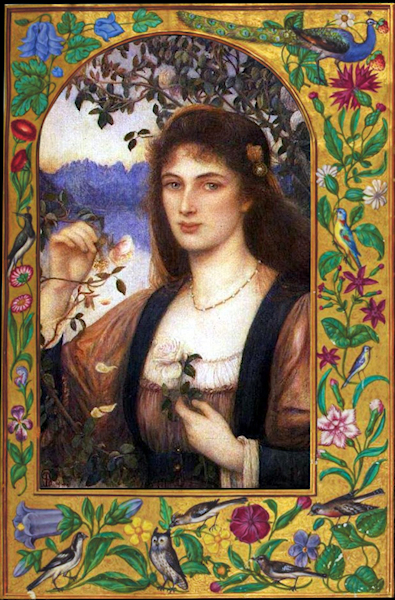
meets the man foretold in her Tarot cards.
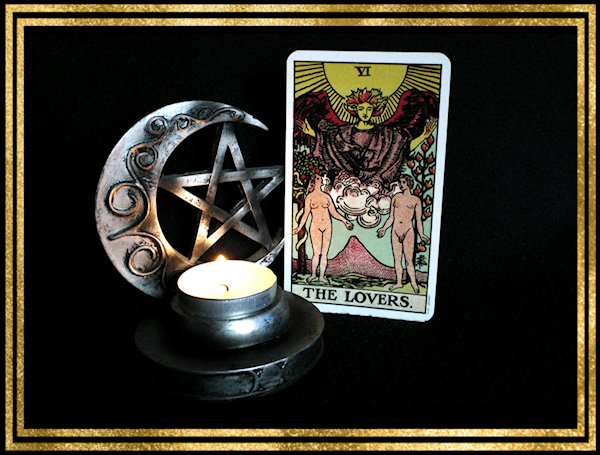
Returning from exile, Antonio di Fabiani
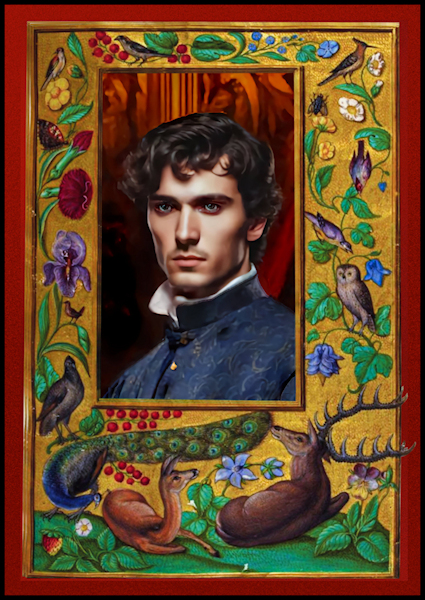
is caught in a deadly power struggle between the corrupt Borgias,
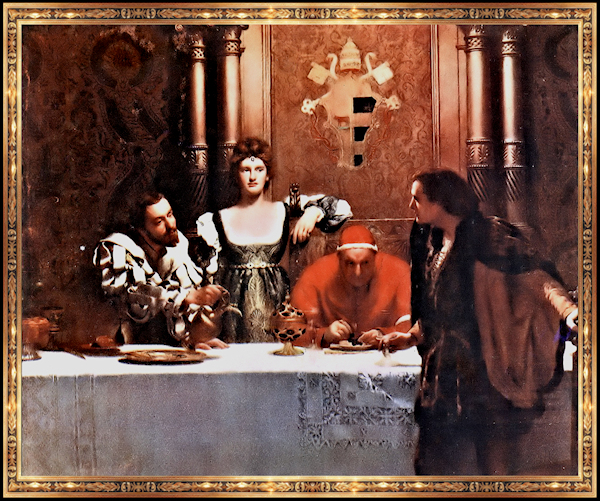
and the zealous Savonarola,
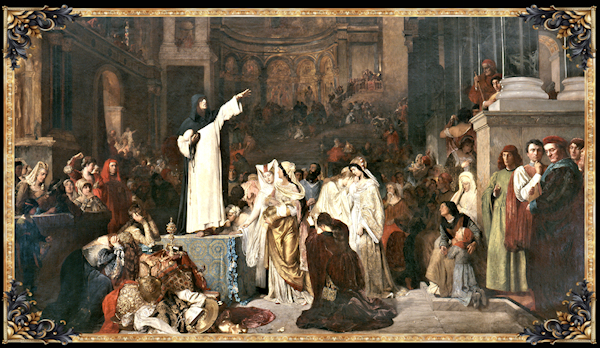
whose Bonfire of the Vanities incinerates even the beauty of Botticelli.
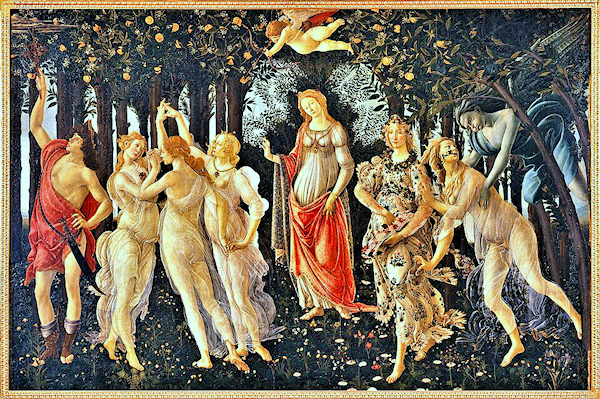
But the lovers’ desire defies every threat.
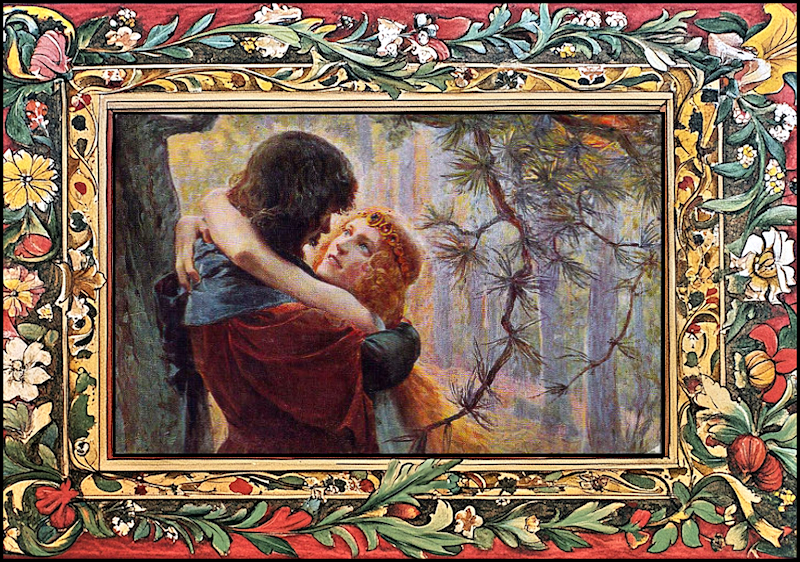
Insurrection,
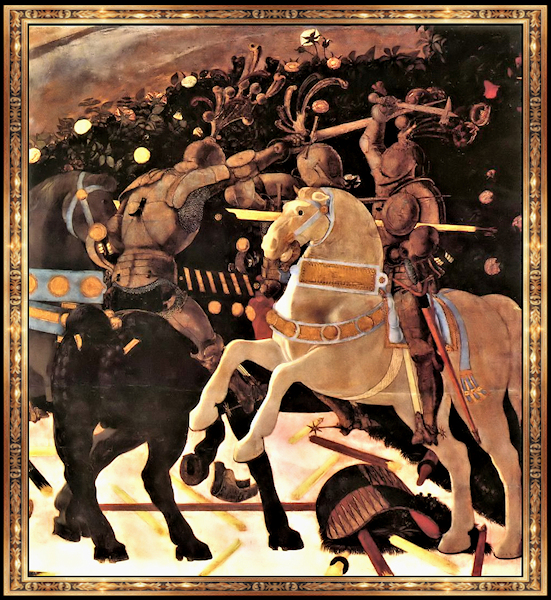
assassination,
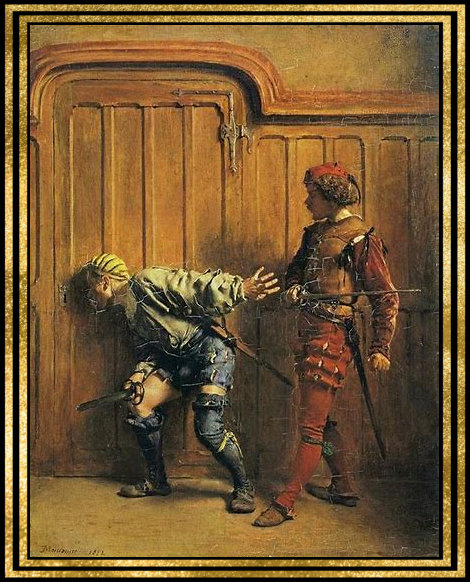
even accusations of heresy.
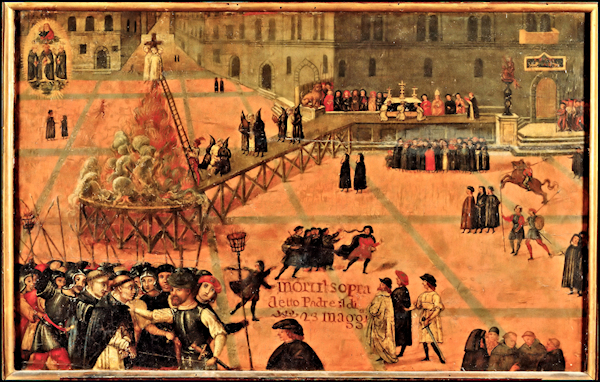
In a time of peril love may be the most dangerous rebellion of all.
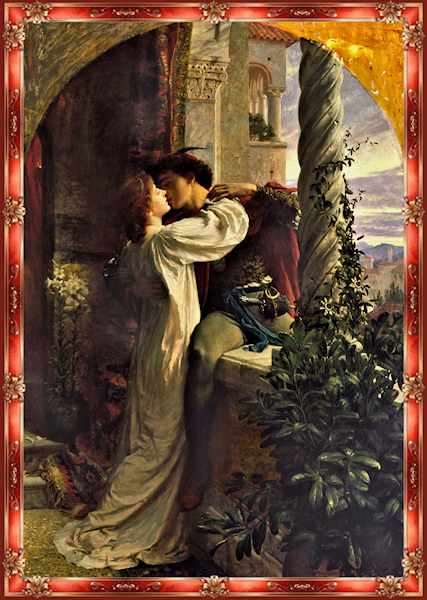
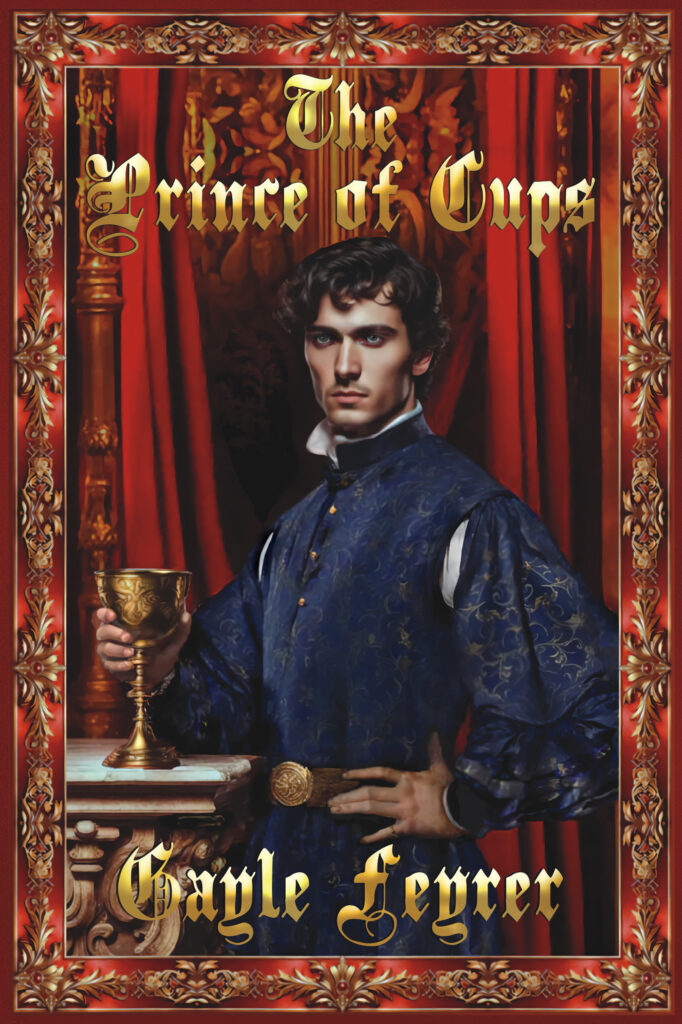
Their fate was written in the cards—desire would seal it in fire.
In the twilight of Renaissance Florence, where Savonarola’s sermons stir revolt and the Borgias’ assassins move in shadows, a forbidden love ignites. Veronica Danti, a fiery gypsy bound by an unwanted marriage, meets the man foretold in her Tarot cards: Antonio di Fabiani, noble exile and reluctant combatant in a deadly game of power and passion. Amid the echo of cathedral bells and the secrets of courtesans and spies, their desire defies every command of man and Church. But in a city where betrayal masquerades as devotion, love may be the most dangerous revolution of all.
Review from the Historical Fiction Company
Night. Antonio was in the cell. Torches flickered through the barred window in the door, a candle stub
guttered by his pallet. It was cold, a dank, moldy chill that sank through the flesh and permeated the
marrow of the bone. The clammy air was heavy with the smell of old straw, spoiled food and filth, of
iron and rust and despair. Despair was the subtlest stench, a pervasive miasma sweated into the stone
by the countless prisoners who had lain here before him. Saturated, the walls sweated it back into the
air. Antonio learned the color of despair, along with its scent. It was the same color as the stone, dull
gray oozing darkness at the edges. Air of stone. You breathed it in, air so thick it clogged. Sighed it
out, weary of holding the weight of it. The darkness gathered, pooled in the lungs, a blackness within.
You coughed it up. The smear shone wetly in the faint circle of candlelight. Not black but red.
Silently, the cell door swung inward, a golden oblong of light opening within the darkness. Fighting his
weakness, Antonio forced himself to stand. He stared at it, knowing he was not free to go. Not yet. He
was waiting. Waiting. A figure appeared, ominous against the torchlit portal. Dread swept through
him as the form slowly approached. Then the nebulous body, the shadowed face took form, and
Antonio saw it was his mother. He felt a sweet, giddy rush of hope leavening the fear. Close now, she
lifted her arms to embrace him. Jewels fell from her hands, all the glorious jewels he had seen her
wear as a child. Luminous ropes of pearls spilled between her fingers, and delicate glittering orbs of
silver filigree, golden chains linking gleaming precious stones, sapphires and amethysts, diamonds and
emeralds. Rubies dripped to the floor, bright as blood.
The novel’s introduction is instantly captivating. Feyrer doesn’t take long to immerse us in a world of
desire, heat, and divination. The tone and stakes are expertly established in the opening paragraphs,
which hums with suspense and poetic grace. Here is a flavor that has been paraphrased without
revealing any spoilers: the aroma of incense, the Tarot’s turn, and a woman’s heart pounding in
anticipation. Feyrer delivers on her promise of a trip of fate and fire in just a few sentences.
With the smoldering background of Renaissance Florence, Gayle Feyrer creates a wonderfully evocative
spell in The Prince of Cups, weaving a beautiful tapestry of forbidden love, political intrigue, and
prophetic fate. With a strong foundation in the sensuous and perilous world of 15th-century Italy, this
story offers an exquisite voyage of romance and peril from its fascinating opening to its final melancholy
notes. With a blend of historical drama, mysticism, rebellion, and a love that defies all social and spiritual
norms, Feyrer has crafted an intimate yet epic story.
The story of Antonio di Fabiani, a nobleman exiled from Florence who must negotiate a lethal terrain of
espionage, church doctrine, and conflicting allegiances, and Veronica Danti, a vibrant Romani lady stuck
in a life she did not choose, form the core of the book. Their paths cross by chance – as predicted by
Veronica’s Tarot cards – and begin an intensely personal yet unavoidably dangerous romance.
The book, which is set in the tumultuous era of Girolamo Savonarola’s rule and the Borgia dynasty’s
schemes, deftly combines personal stakes with social unrest and political conflict. Feyrer’s vivid
depictions of Florence, including the conflict between faith and heresy, the seductive allure of forbidden
pleasure, and the clandestine world of courtesans, spies, and covert alliances, vividly capture the time period.
From Publishers Weekly
Life in 15th-century Italy was no slice of panforte, at least as Feyrer portrays it in this strong debut romance. Reading her tarot cards, Mama Lucia tells her great-granddaughter Veronica not to worry: times may get tough (murder, betrayal, attempted rape), but there’s a tall, dark Prince of Cups in her future. So, despite all manner of Machiavellian intrigue (some provided by Machiavelli himself), everything will turn out well. Red-haired Veronica, a wild gypsy who loves books (and is clairvoyant to boot), is forced to wed an impotent simpleton. Her lascivious father-in-law keeps trying to deflower her, and followers of the Dominican reformer Savonarola threaten to stone her unorthodox family (including her Uncle Daniele, a homosexual painter). Meanwhile, courtier and self-made merchant, Antonio di Fabiani, is making his way from Lucrezia Borgia’s bed to Florence in order to sort out his various family tragedies. While dallying with a courtesan who doubles as a hit woman for Cesare Borgia, he spies Veronica, who’s disguised as a boy. Antonio fights against it, but Veronica is his destiny. There’s a long way to go, filled with decadent historical characters and lots of local color, before the lovers can ride off into the tramonto.
